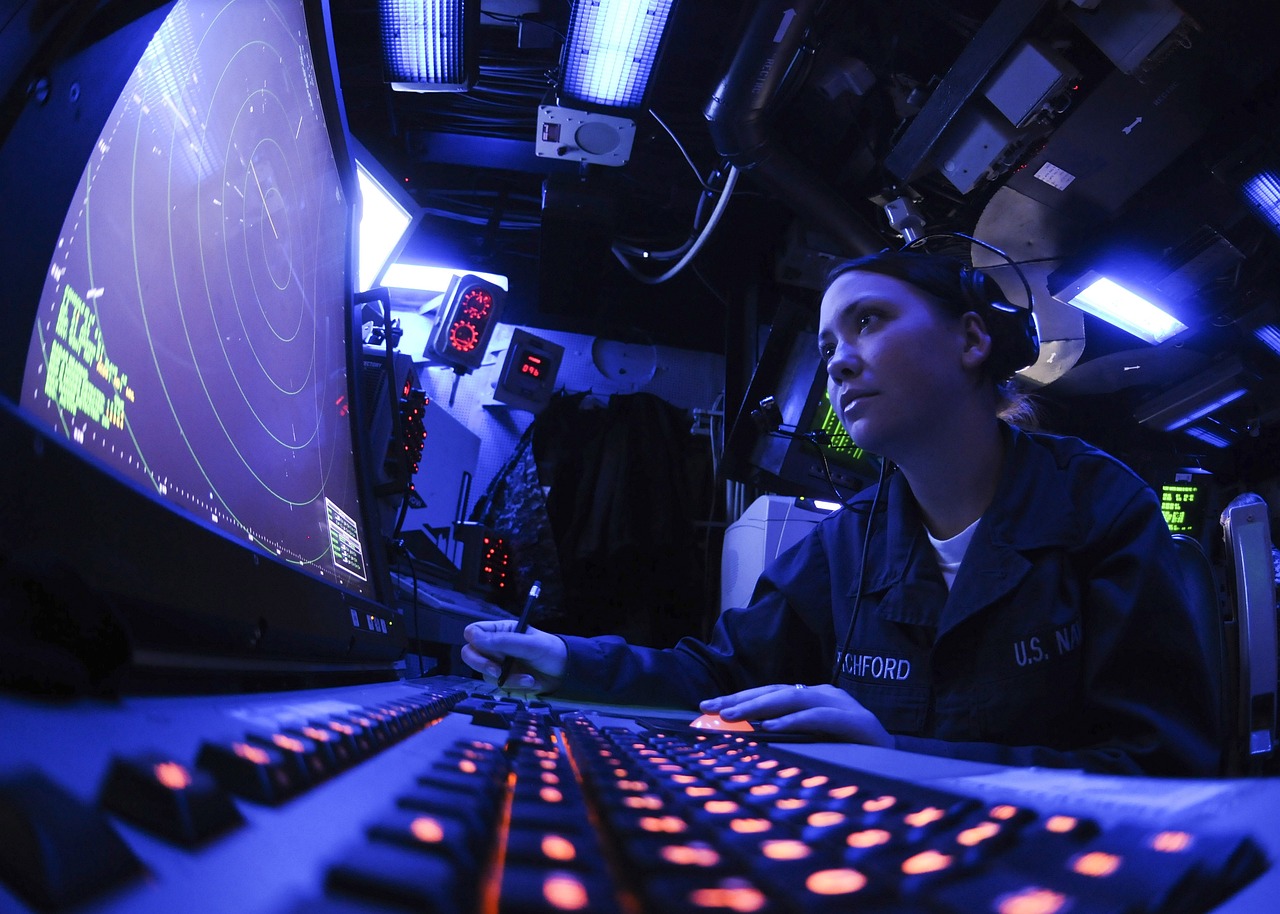This post is also available in:
 עברית (Hebrew)
עברית (Hebrew)
Turkey was a potential customer for advanced Israeli unmanned systems (UAS). But then came the rift in the two countries’ relations. Since then the Turkish industry has tried to make an advanced UAS with very limited success.

Now the Turkish plan suffered another blow. According to Defense News Chinese group Avic International’s acquisition of Thielert, a bankrupt German maker of diesel engines for aircraft, may further delay Turkey’s indigenous drone, the Anka, which would have been powered by Thielert’s Centurion engine. Avic has said it plans to fold Thielert into its Continental Motors division and is giving up its military business. Deliveries have stopped, according to the announcement made by the state-run Chinese company.
The Ankara-based Turkish Aerospace Industries (TAI), which develops the Anka, had ordered the Centurion for a batch of 10 aircraft. Now TAI must look elsewhere to find a new engine to power Turkey’s first indigenous UAS. “This may not be an easy task although one option is to ask TEI [Turkish Engine Industries] to develop and produce a new engine,” one TAI official said. Both TAI and TEI are owned by a military support fund.
Turkish procurement authorities were preparing to sign a contract to buy 10 Ankas. Meanwhile, the Turkish police force was also preparing to place an order for the Anka.
Before the engine snag, another problem delayed the Anka program. A locally-developed electro-optical sensor, made by military electronics firm Aselsan, did not fit Anka’s specifications and TAI was mulling using a foreign sensor.
iHLS – Israel Homeland Security

Thielert was supplying engines for aircraft including a U.S. Army version of the General Atomics Predator. General Atomics has acquired the engine data package and intends to continue production and support.
The Anka successfully passed acceptance tests late in January. The final, decisive tests on Jan. 20-21 involved a full endurance, 18-hour flight, successful auto landing, data link performance at a distance of 200 kilometers under winds up to 45 knots, and night take-offs and landings. The Anka has completed more than 150 flight hours. There is a possibility that TAI could develop a satellite-controlled version of the Anka, company officials say.
The Anka is a medium-altitude, long-endurance drone. Such UAS usually operate for 24 hours at an altitude of 10,000 feet. Anka, meaning Phoenix in English, is the first MALE-type UAS to be produced by TAI. One of the prototypes crashed during a test flight in September, but several other flight tests have been carried out successfully. Anka+, another version of the Anka, calls for an armed vehicle, using a rocket attached to its body and sensors.
An industry expert said finding a new engine supplier may not resolve the entire problem immediately. “Any new engine will have to be fitted into the Anka, which was designed for the Thielert engine. This will require new [engine] integration work. New tests should also be done,” he said. One procurement official familiar with the Anka program admitted that the engine problem may cause new delays. “Even if we found a new [engine] supplier, this will mean further delays and extra costs,” he said.
























